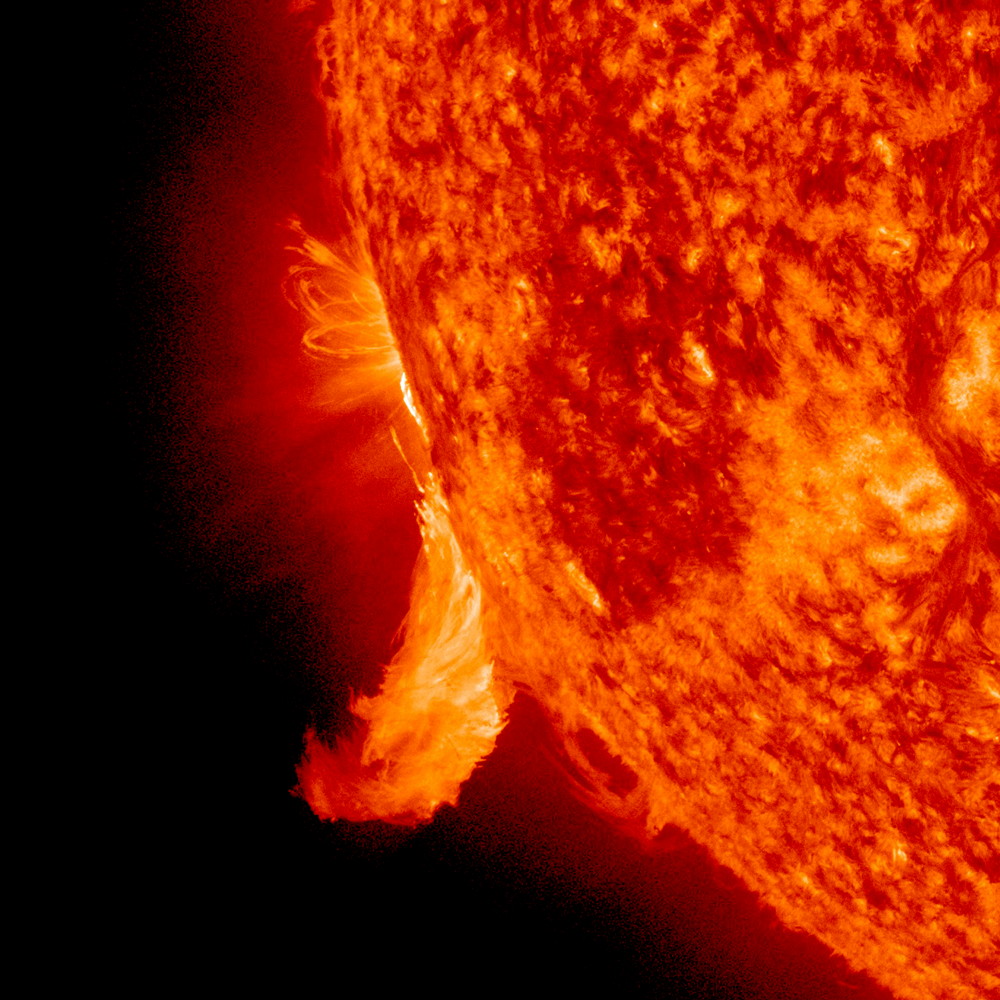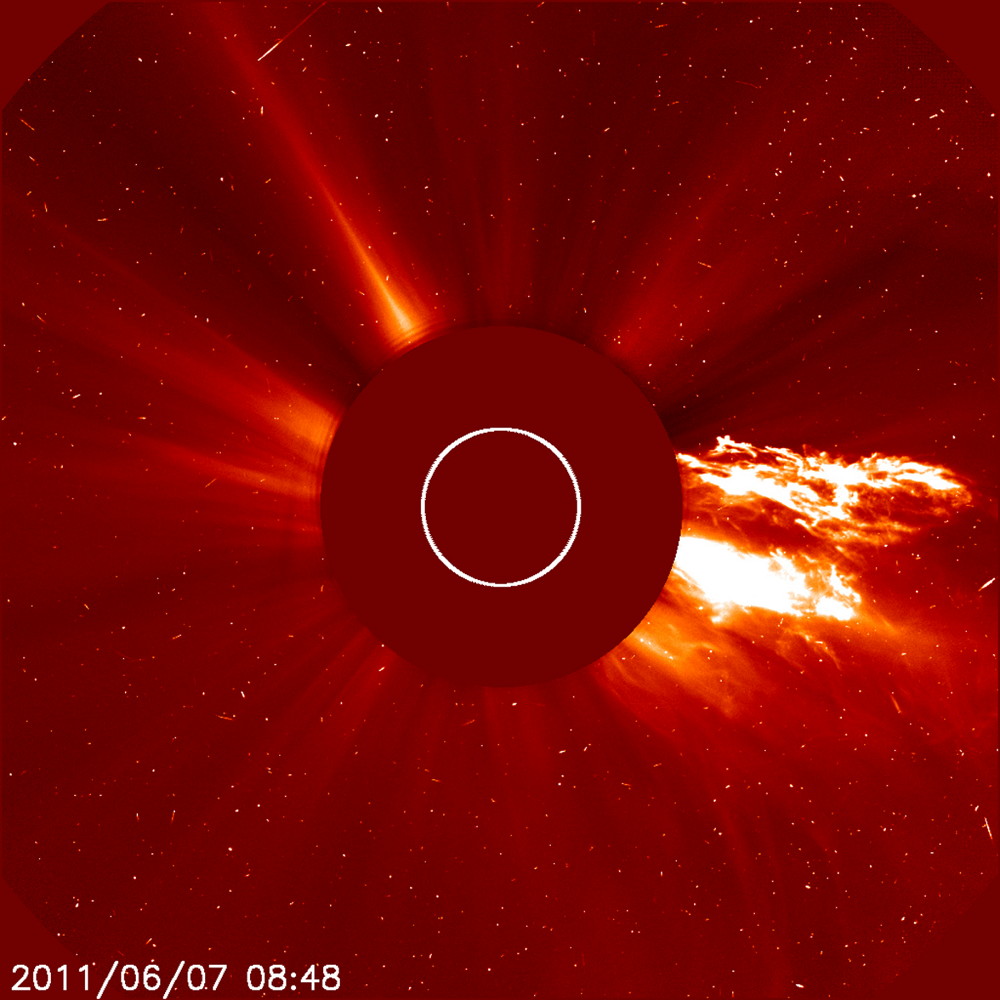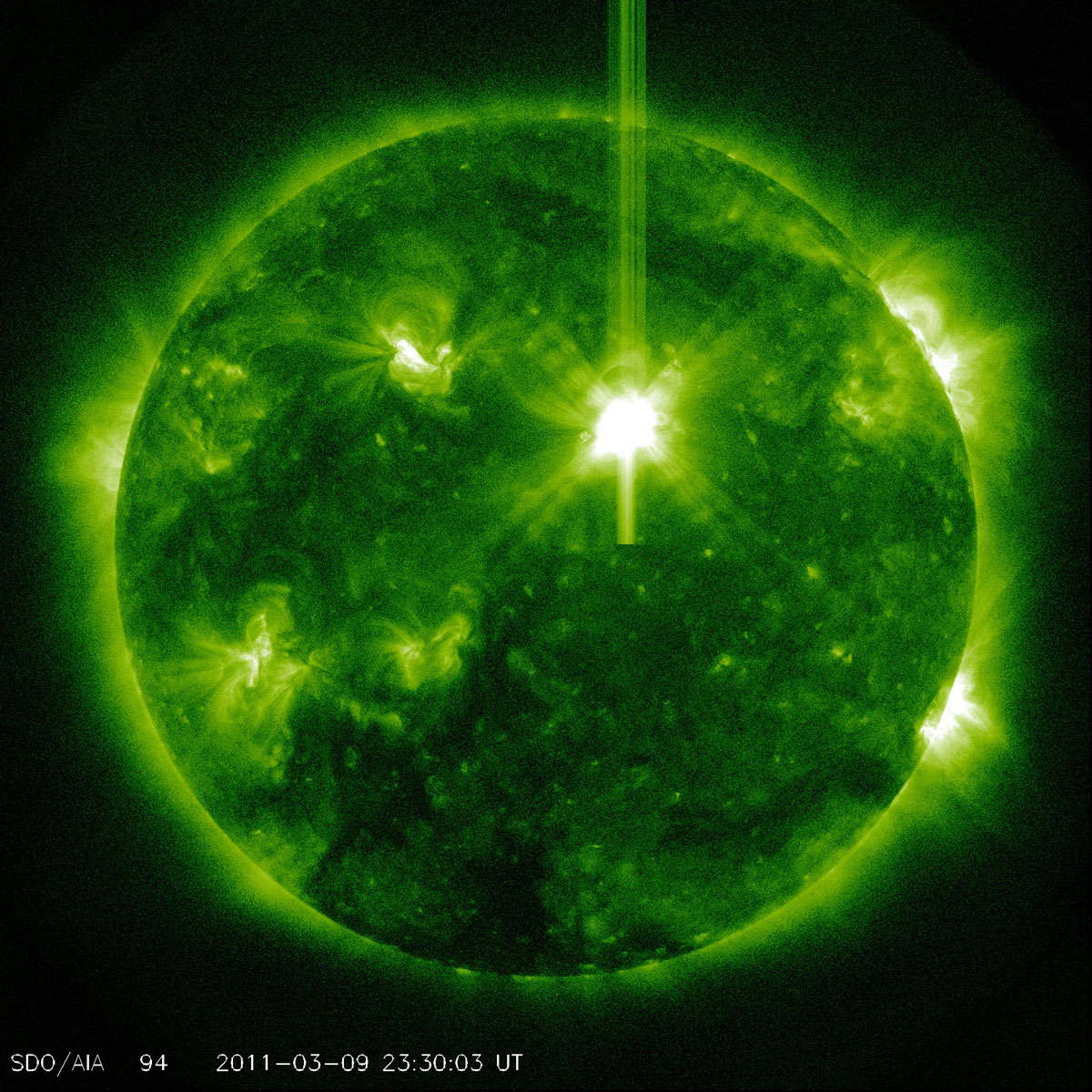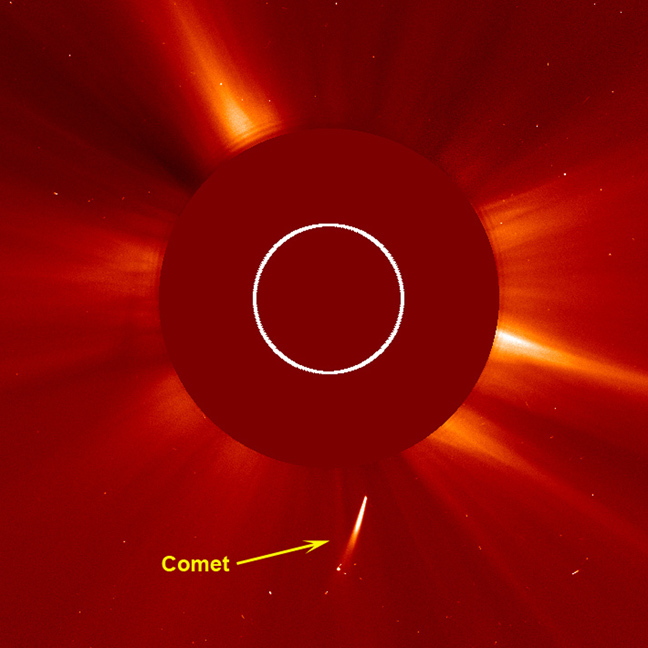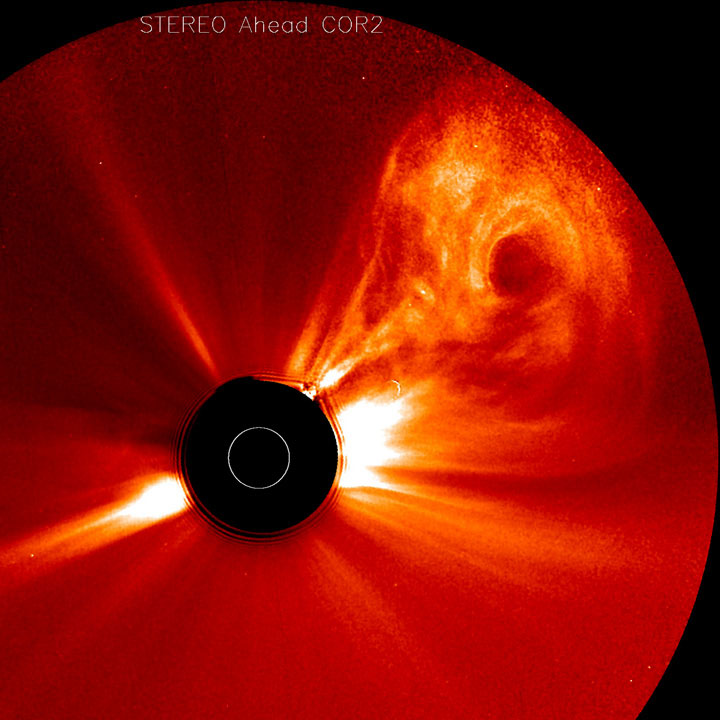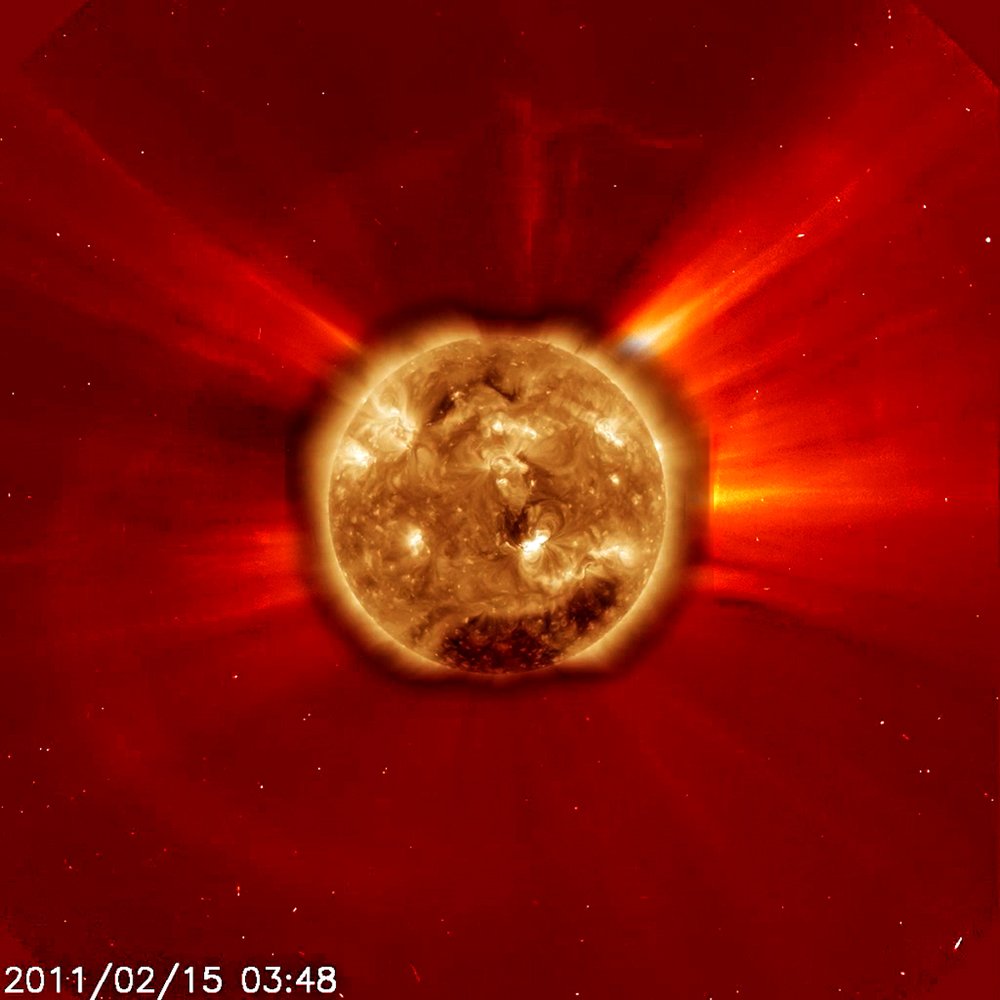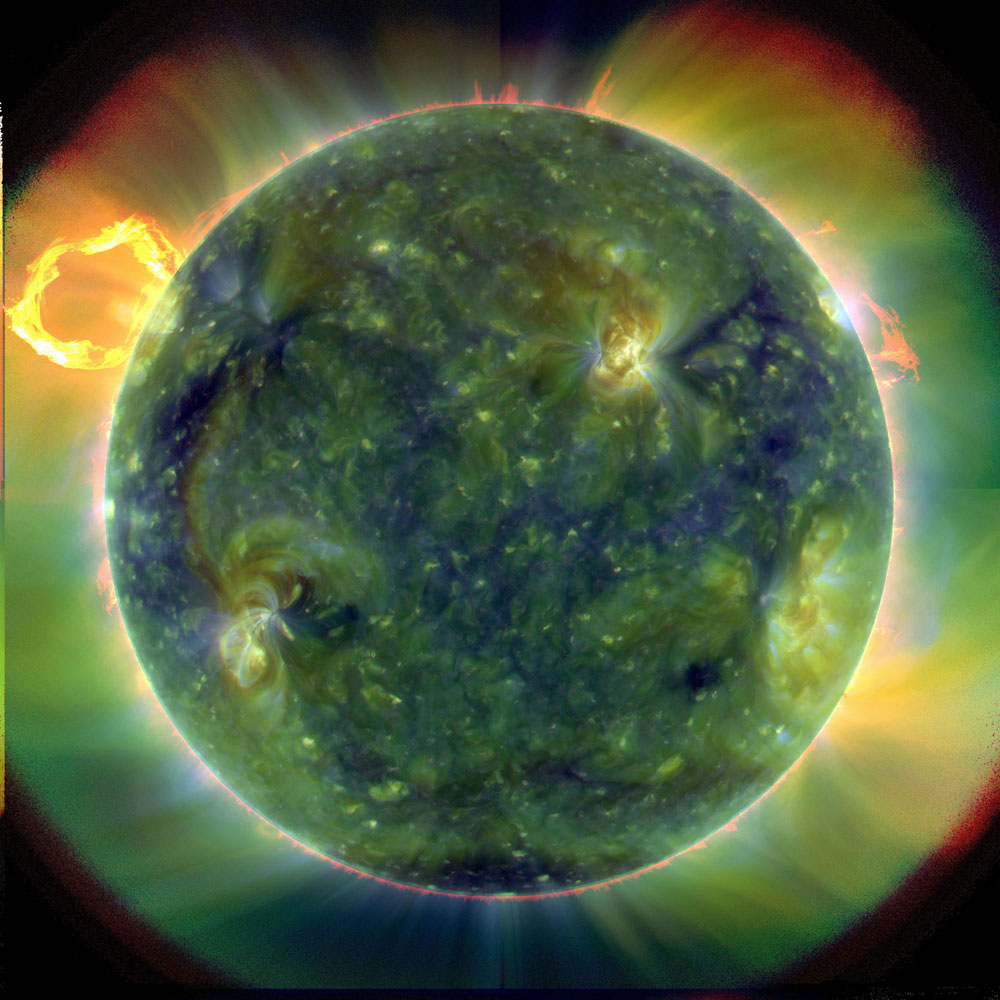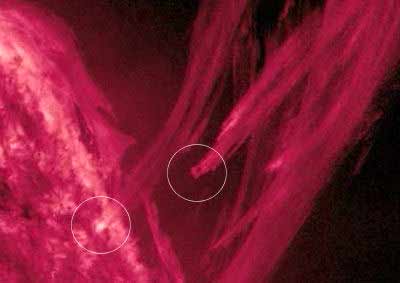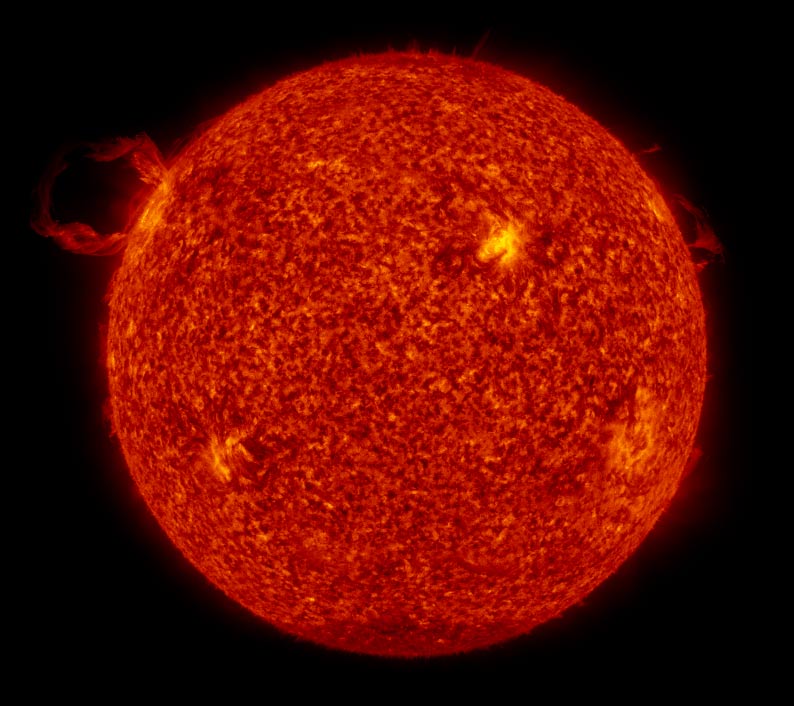Amazing New Sun Photos from Space
Sun Plasma Flickers
A close-up, profile view of an active region in extreme ultraviolet light showcased several small spurts of plasma as they flickered out and retreated back into the sun over about 13 hours (June 16, 2011). This wavelength captures ionized helium at about 60,000 degrees not far above the sun's surface. Flashes of small solar flares can be seen triggering most of these spurts.
Spectacular Prominence Eruption of June 2011
The sun on June 7, 2011, starting at about 06:41 UT, unleashed one of the most spectacular prominence eruptions ever observed.
Coronal Mass Ejection
Coronal mass ejection as viewed by the Solar Dynamics Observatory on June 7, 2011.
Sun Unleashes X1.5-Class Flare
The sun unleashed a powerful Class X1.5 solar flare on March 9, 2011, a solar storm that could supercharge Earth's auroras. The flare was recorded by NASA's Solar Dynamics Observatory and other spacecraft. Here, it appears in white at the upper right of the sun as seen by the Solar Dynamics Observatory.
Comet Dives Into the Sun
The SOHO spacecraft watched as a fairly bright comet dove towards the sun in a white streak and was not seen again after its close encounter (May 10-11, 2011). The comet, probably part of the Kreutz family of comets, was discovered by amateur astronomer Sergey Shurpakov.
Huge Eruption on Sun's Far Side
The STEREO (Ahead) spacecraft caught a large coronal mass ejection as it roared away from the Sun and out into space in the opposite direction from Earth (Feb. 26-28, 2011).
Monster Prominence
NASA's Solar Dynamics Observatory captured this view of a powerful M3.6 Class solar flare on Feb. 24, 2011 during a 90-minute sun storm. NASA scientists called the display a "monster prominence" that kicked up a huge plasma wave.
Breaking space news, the latest updates on rocket launches, skywatching events and more!
Class X2 Solar Flare
The image of the powerful Class X2 solar flare of Feb. 14, 2011, shows how it appeared to both the Solar Dynamics Observatory in extreme ultraviolet light (center sun disk) and the SOHO's C2 coronagraph. This was the largest flare in more than four years.
The First Time I Ever Saw Your Face
A full-disk multiwavelength extreme ultraviolet image of the sun taken by SDO on March 30, 2010. False colors trace different gas temperatures. Reds are relatively cool (about 60,000 Kelvin, or 107,540 F); blues and greens are hotter.
Purple Rain
This image depicts coronal rain. Encircled are two plasma streamers, one hitting the sun's surface and another incoming behind it.
Shooting Up
A prominence leaps off the surface of the sun in this new image from NASA's Solar Dynamics Observatory released on April 22, 2010. The prominence occurred on March 30.

Tariq is the award-winning Editor-in-Chief of Space.com and joined the team in 2001. He covers human spaceflight, as well as skywatching and entertainment. He became Space.com's Editor-in-Chief in 2019. Before joining Space.com, Tariq was a staff reporter for The Los Angeles Times covering education and city beats in La Habra, Fullerton and Huntington Beach. He's a recipient of the 2022 Harry Kolcum Award for excellence in space reporting and the 2025 Space Pioneer Award from the National Space Society. He is an Eagle Scout and Space Camp alum with journalism degrees from the USC and NYU. You can find Tariq at Space.com and as the co-host to the This Week In Space podcast on the TWiT network. To see his latest project, you can follow Tariq on Twitter @tariqjmalik.
